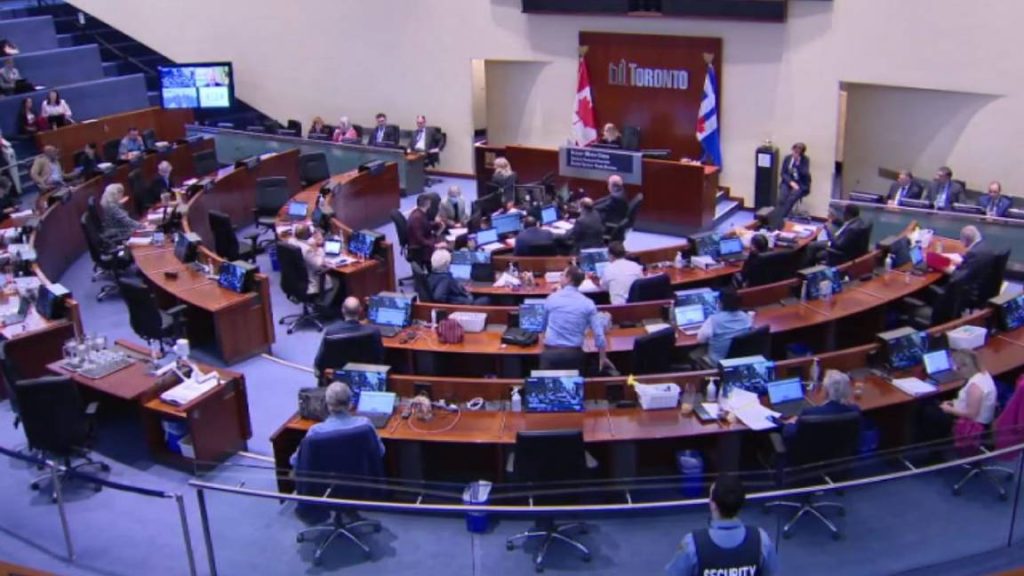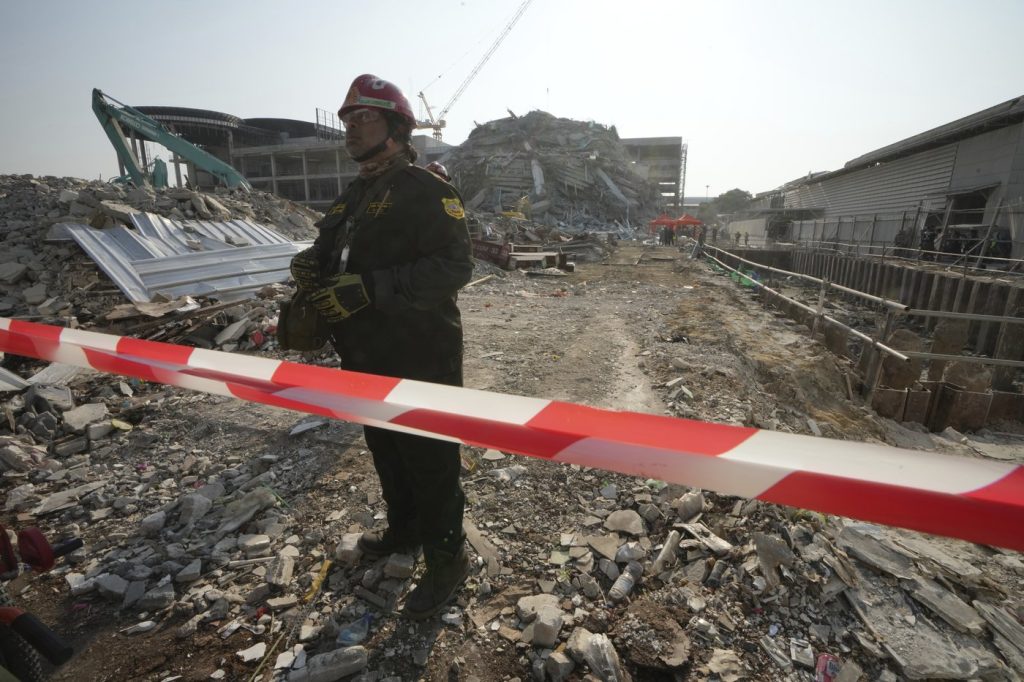‘They’re just scrambling’: Ontario residents waitlisted years for family doctors due to capacity crisis
Posted October 6, 2022 7:47 pm.
Last Updated October 6, 2022 7:50 pm.
A capacity crisis in primary care has resulted in some Ontario residents being waitlisted, in some cases as long as 10 years, for access to a family doctor.
It’s not a new problem, physicians say, but a worsening one as more healthcare professionals retire.
Ontario resident Delaney Dunkley tells CityNews she was placed on a six-year waitlist for a new family doctor after she moved to Kitchener for college in 2016. During that time, Dunkley underwent three surgeries for health complications, leading to frequent visits to healthcare clinics.
“Not having the reliability of a family doctor has been a pain because every time you go to someone, you explain your entire history, top to bottom, and you have to figure it all out in 15 minutes or less before they rush you on to the next person in their practice,” Dunkley said.
Dunkley says she only ended up with a new family doctor in March 2022 after giving birth to her son.
“The hospital pointed me to a family doctor through their connections,” she explained. “It was very frustrating, but it’s one thing that is the norm. You can’t get mad because that’s the standard that everyone is going through.
“You don’t take it personally. The frustration is there, but it’s one of those things where it’s sad that it’s the life we’re living right now,” Dunkley said.
Dunkley isn’t alone.
In a final report released this week, Ontario’s COVID-19 Science Advisory Table called it a primary care capacity crisis. In that brief, members of the science table noted that investments are needed to “increase the number of Ontarians attached to a primary care clinician supported by a primary care team.”
Dr. Kamila Premji, one of the doctors associated with that report, said the crisis is already here.
“I feel for patients that are already struggling to find a family doctor,” Dr. Premji said. “Keep looking.”
One woman with four children waitlisted since 2015
The science table’s report states that around 1.7 million Ontarians were attached to a family physician 65 or older.
That means that these individuals could lose their doctors by 2025, and according to the science table’s findings, since 2020, 1.8 million people in the province have already lost their family doctor.
Melissa Knapp is one of them. She tells CityNews that she’s been waiting for a new family physician since being waitlisted in 2015.
“At the time, I had three children. I now have four children,” Knapp said. “It was frustrating when they had to see a doctor, and you had to go to a walk-in clinic, and it was busy, waiting for hours.”

Photo: CityNews submission.
Knapp says she’s starting to lose hope after hearing of a decline in the proportion of graduating medical students ranking family medicine as their first choice of specialty when applying for a residence.
The science table notes that in the first six months of the pandemic, double the usual rate of doctors shut down their practice.
“The pressure on the existing doctors is hard,” Knapp said.
“They’re just scrambling to get through everyone. It makes me a little nervous about the quality of life for my children.”
The science table says one solution is to retain the existing primary care workforce by supporting them through team-based care. That would include nurse practitioners, mental health counsellors and other healthcare specialists to share the workload to care for patients.
Toronto’s Hospital for Sick Children warned patients this week that its emergency department is currently experiencing beyond-normal wait times and is warning them to come prepared.
In a tweet posted Tuesday evening, the research and pediatric hospital says it is seeing extremely high patient volumes and “much longer than normal wait times” for non-emergency issues.
In a statement to CityNews, Ontario’s minister of health says since taking office, the Ford government has added more than 1,800 doctors in family medicine. It is committed to adding another 6,000 healthcare workers to the strained system in the next phase of its plan.








